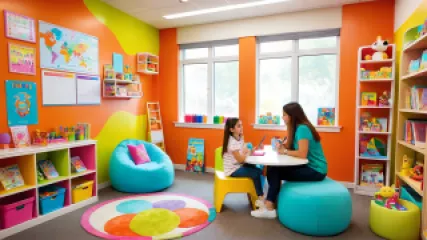Comprehensive Guide to Therapy Sessions for Learning Disabilities
1 year ago
Learning Disabilities
What Are the Top Challenges Faced by Adoptive Parents?
1 year ago
Adoptive Parent Challenges
Unleashing Women's Assertiveness: A Research-Backed Guide
1 year ago
Assertiveness Training
My Journey Navigating Attachment Styles
1 year ago
Attachment Styles
How to Implement Positive Feedback for Optimal Performance
1 year ago
Positive Reinforcement
My Journey with Drama Therapy for Anxiety
1 year ago
Drama Therapy
What is Adult Attachment Style Assessment?
1 year ago
Understanding Attachment in Adults
How I Learned to Manage My Feelings of Sadness
1 year ago
Overcoming Sadness
Embracing the Self-Reflection Process: Discovering Your Personal Identity
1 year ago
Discovering Personal Identity
What Are the Key Holistic Therapy Techniques for Wellbeing?
1 year ago
Holistic Therapy
How to Apply Cognitive Theories of Intelligence in Your Daily Life
1 year ago
Intelligence Theories
How to Enhance Your Brand Perception Through Psychology
1 year ago
Psychology of Brands
The Case for Mindfulness Exercises as Stress Relief
1 year ago
Stress Relief Activities
How Positive Thinking Helped Me Conquer My Deepest Fears
1 year ago
Conquering Fears
Unlocking the Power of Therapeutic Writing: A Step-by-Step Guide
1 year ago
Therapeutic Writing














